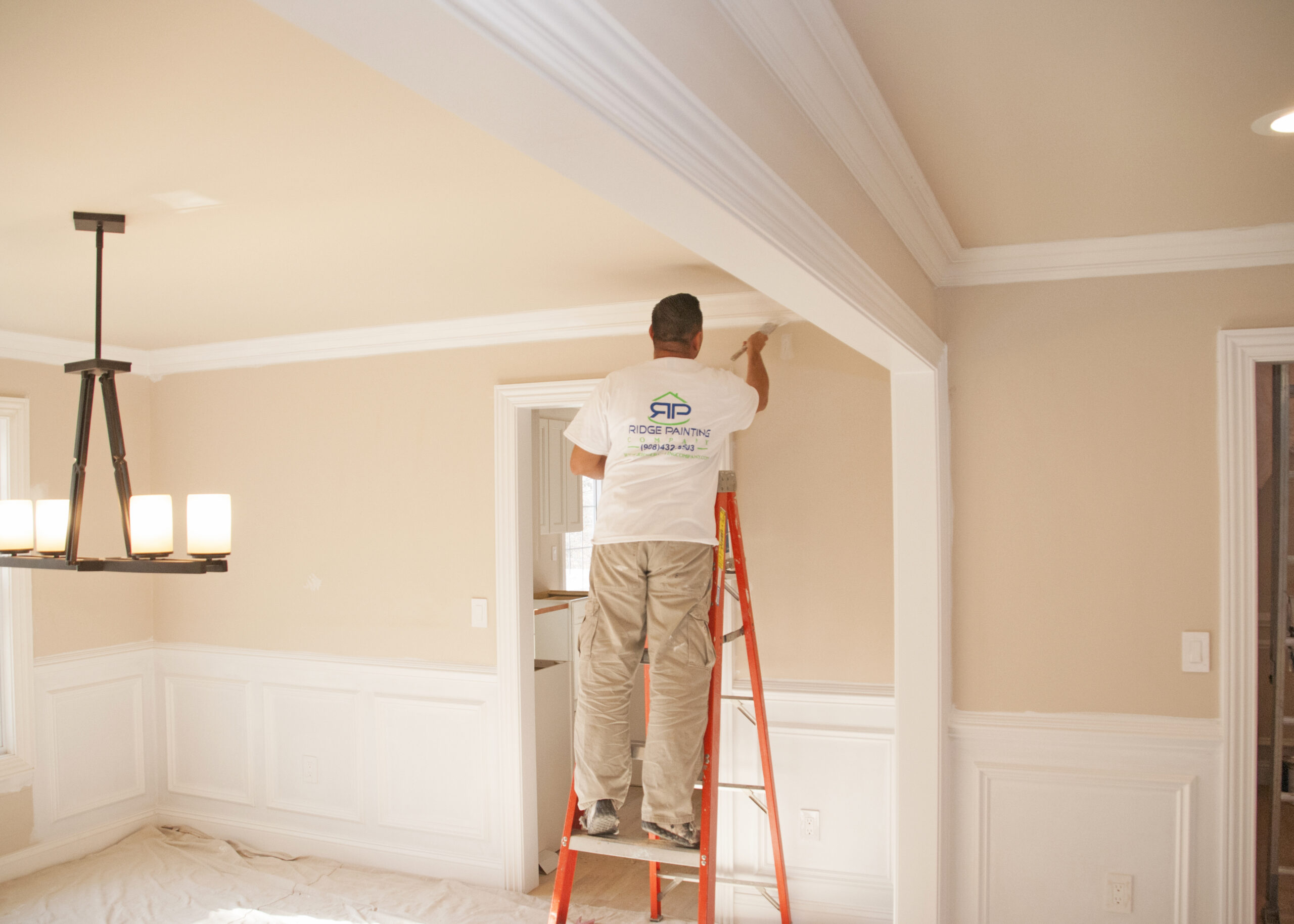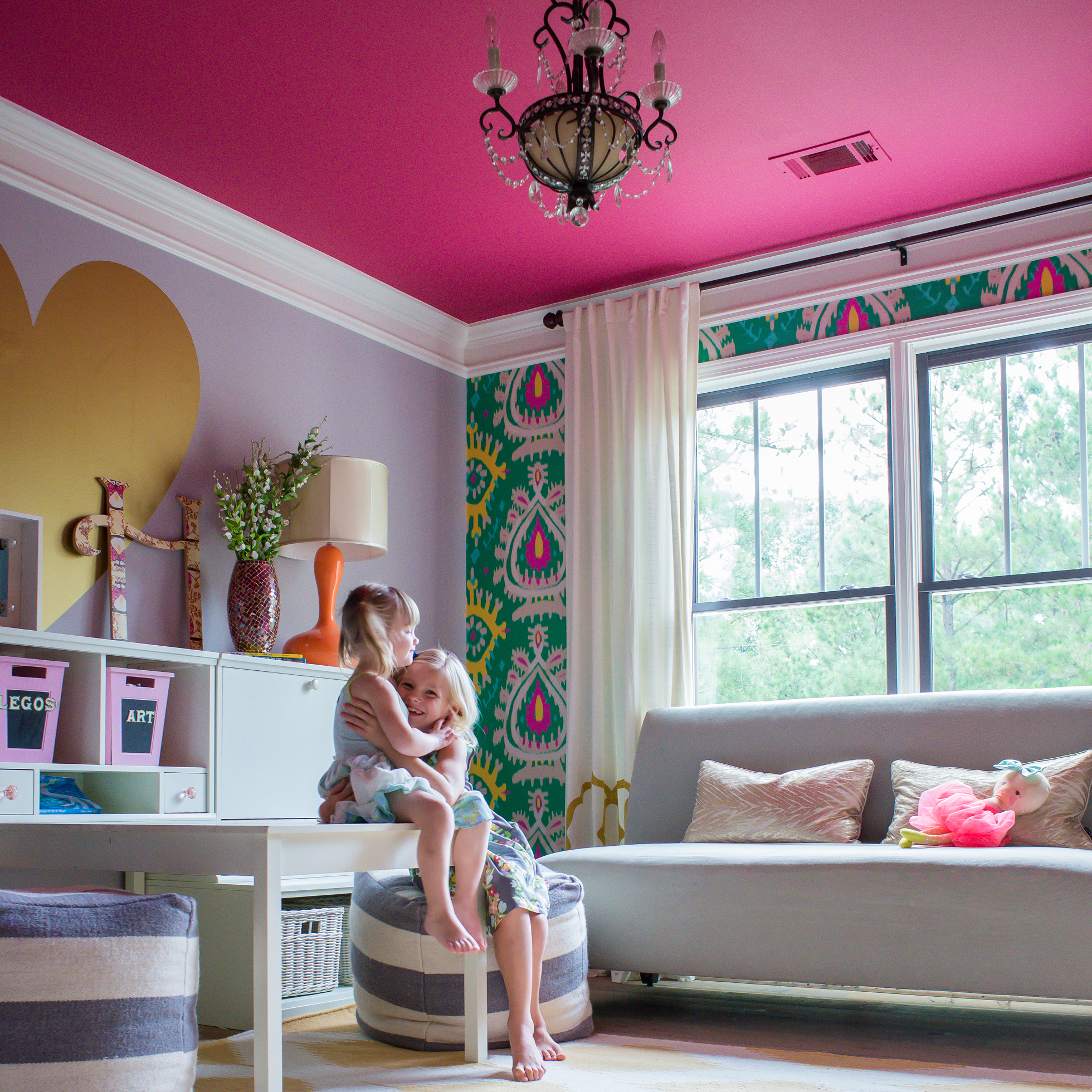Reliable Lakewood Interior Painting Services for Long-Lasting Results
Reliable Lakewood Interior Painting Services for Long-Lasting Results
Blog Article
Enhance Your Inside Layout With Comprehensive Color Appointment
The combination of shade examination into interior style presents a special chance to refine and elevate the emotional and aesthetic resonance of a room. By involving with a seasoned color professional, you can browse the complexities of shade choice, ensuring that your selections not just enhance architectural functions yet also reverberate with individual style and psychological impact.
Benefits of Shade Assessment

Moreover, color consultation help in making the most of all-natural light and optimizing spatial understanding. Lighter hues can make a room show up more large, while darker tones create an intimate setting. Cleveland Metro Painting Specialists. This critical application of shade can considerably affect the overall ambiance of any type of indoor space
Furthermore, specialist experts have an extensive understanding of timeless classics and present fads, guaranteeing that the picked shades will certainly remain enticing in time. This foresight can conserve clients from pricey redesigns in the future. Color appointment equips customers by supplying them with a clear vision and instructions, cultivating confidence in their design options and ultimately leading to an extra successful and satisfying interior design end result.
Understanding Color Psychology
The significance of shade psychology in interior decoration can not be overemphasized, as it digs right into the mental and emotional effects that numerous shades can stimulate in people. Colors can affect state of mind, actions, and also performance, making them an essential factor to consider in any style task.
For example, warm shades such as red, orange, and yellow are often connected with energy and heat. They can boost sensations of exhilaration and convenience, making them suitable for social rooms like living rooms or kitchens. Conversely, cool colors like blue, eco-friendly, and purple have a tendency to stimulate calmness and harmony, making them ideal for bedrooms or meditation locations.
Additionally, the usage of neutral tones can produce a balanced setting by allowing the bolder colors to stand out without overwhelming the detects. Recognizing these mental effects makes it possible for developers to produce rooms that not only look visually pleasing however additionally promote psychological health.
Integrating shade psychology into interior decoration involves a thoughtful option of shades tailored to the desired function of each room, eventually boosting the overall experience for its residents. This understanding is essential for achieving a harmonious and practical interior atmosphere.
The Color Wheel Clarified
Recognizing the partnerships between hues is vital for effective interior decoration, and the color wheel functions as a beneficial tool in this procedure. The color wheel, established by Isaac Newton in the 17th century, illustrates the range of shades organized in a circular format. It consists of key shades-- red, blue, and yellow-- that can not be produced by blending other colors. Secondary colors, created by combining primary colors, consist of environment-friendly, orange, and purple. Tertiary shades arise from mixing a key and a second color, leading to shades such as red-orange and blue-green.
The color wheel aids designers realize the connections in between colors, including corresponding, article similar, and triadic plans. Corresponding shades, positioned contrary each other on the wheel, produce vibrant contrasts that can energize a space. Comparable shades, situated next off to each other, provide a unified and cohesive appearance. Triadic schemes utilize three equally spaced colors, providing equilibrium and aesthetic rate of interest.
Utilizing the color wheel in interior style not only enhances aesthetic charm yet also evokes particular feelings and environments, making it a vital recommendation for shade assessment. Recognizing these relationships eventually empowers designers to develop rooms that are both visually fascinating and useful.
Picking the Right Scheme
Commonly, picking the right palette is a crucial aspect in accomplishing an effective indoor design job. A well-chosen color pattern can merge an area, boost its attributes, and evoke wanted emotions. To start, think about the purpose of the area. Different areas serve different features and need combinations that mirror their intended use; for example, serene shades such as soft blues or eco-friendlies function well in bedrooms, advertising leisure.
Following, take into account the all-natural light readily available. Light can dramatically change exactly how colors appear, so it is necessary to analyze the space at various times of the day. In addition, take into consideration existing architectural elements and home furnishings. An unified scheme must complement these attributes, developing a cohesive look throughout the space.
When selecting colors, utilize the 60-30-10 rule, which suggests that 60% of the room must be a dominant shade, 30% a second shade, and 10% an accent shade. This ratio ensures balance and visual interest (Cleveland Metro Painting Specialists). Ultimately, sample colors on the walls before dedicating, as this permits you to see he said exactly how the colors communicate with one another and the general ambiance they develop in your interior decoration project.
Collaborating With a Color Professional

When functioning with a color consultant, the process generally begins with a first appointment. During this conference, you'll discuss your vision, choices, and the existing components in your space. The specialist will certainly check here examine your requirements and might suggest certain color palettes that align with your goals.
After developing an instructions, the consultant will certainly offer samples and visual aids to help you envision the suggested shade plans. This step is important, as colors can appear in different ways under differing lights problems.
Furthermore, a color professional can guide you in choosing corresponding furnishings, artwork, and devices to harmonize with your selected palette. By working together very closely, you can attain a refined visual that raises your insides and creates a welcoming ambience. Ultimately, the knowledge of a shade consultant can dramatically improve the general effect of your style project.
Verdict
In recap, detailed color consultation acts as a vital tool for boosting interior decoration. By leveraging expert understanding of shade psychology and spatial dynamics, a customized shade scheme can be established to stimulate specific emotions and create a harmonious environment. This critical strategy not only promotes a cohesive layout story yet additionally alleviates the risk of pricey redesigns. Eventually, engaging with a shade expert guarantees an informed and cosmetically pleasing end result, raising the total experience of the room.
By involving with a seasoned color specialist, you can navigate the complexities of color choice, guaranteeing that your options not just enhance building attributes but additionally resonate with individual style and mental impact. It comprises main shades-- red, blue, and yellow-- that can not be developed by mixing various other shades.The shade wheel helps designers comprehend the relationships between colors, including complementary, similar, and triadic systems.When selecting colors, use the 60-30-10 guideline, which suggests that 60% of the area must be a dominant color, 30% a second color, and 10% an accent shade. By leveraging specialist knowledge of color psychology and spatial characteristics, a tailored shade palette can be established to stimulate particular feelings and create an unified setting.
Report this page